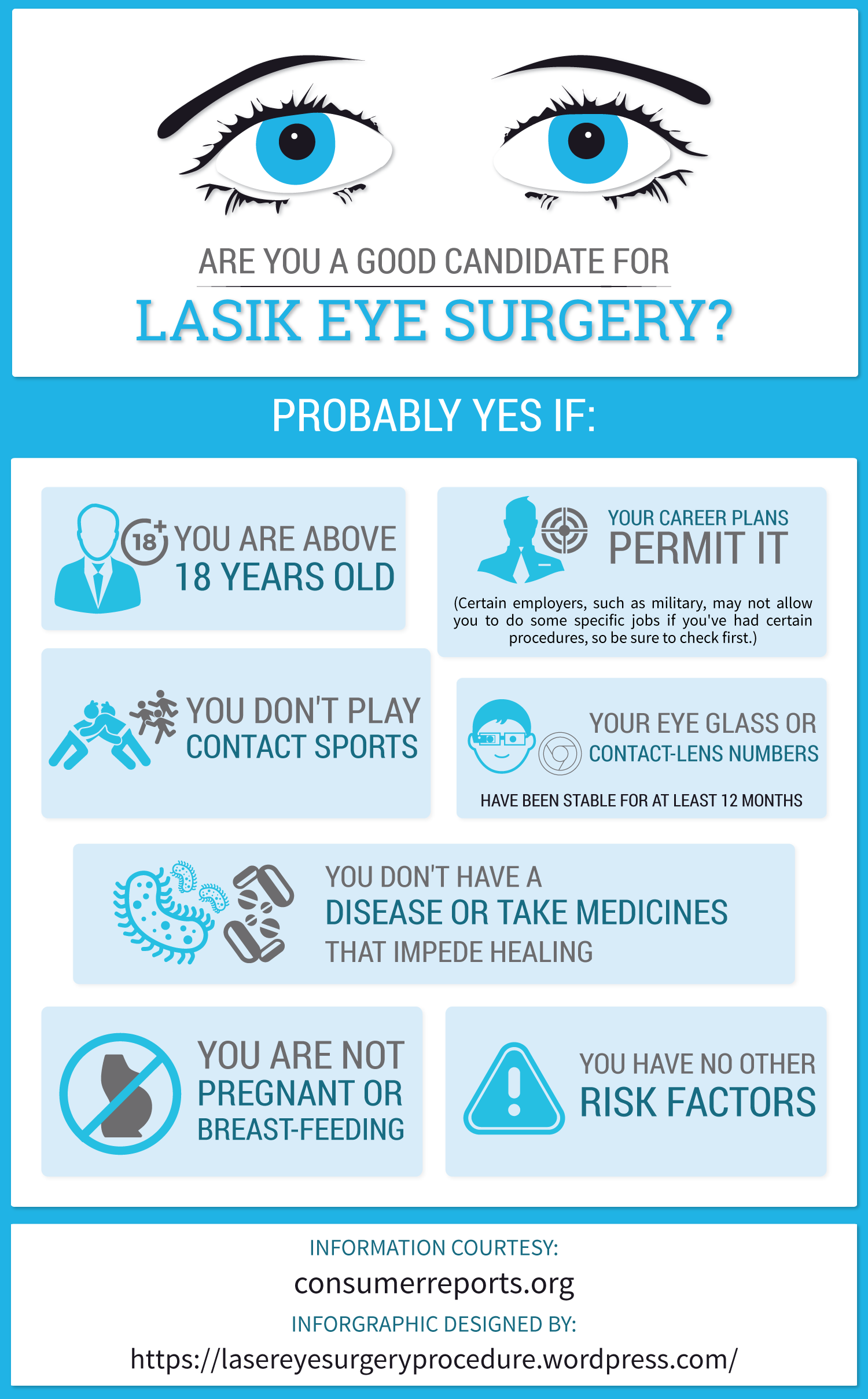Contrasting Traditional And Modern Approaches To Treating Glaucoma
Contrasting Traditional And Modern Approaches To Treating Glaucoma
Blog Article
Personnel Author-Locklear Mcfadden
Did you understand that the development of glaucoma therapy techniques spans centuries, encompassing both standard solutions and advanced developments? From ancient herbal mixtures to sophisticated Minimally Invasive Glaucoma Surgical procedure techniques, the spectrum of options is large. As you look into the ins and outs of typical versus innovative techniques, you might discover surprising insights that test standard perspectives on treating this common eye condition.
Historical Advancement of Glaucoma Treatments
The historical advancement of glaucoma therapies goes back to ancient people where numerous treatments were utilized to handle the problem. In old Egypt, for example, treatments involved a mix of honey, fat, and sour milk put on the eyes. The Greeks and Romans additionally contributed to early glaucoma treatments with a focus on topical applications and dietary interventions. Throughout history, varied cultures established special strategies to relieve the signs and symptoms of glaucoma, frequently rooted in natural treatments and superstitious notions.
As time advanced, improvements in clinical knowledge led to more methodical techniques to treating glaucoma. In The Center Ages, Arabic scholars made considerable payments by researching the makeup of the eye and developing medical methods to deal with eye problems. These very early technologies laid the foundation for modern-day glaucoma treatments that we have actually today. Recognizing i need cataract surgery and can't afford it of glaucoma therapies offers useful insights right into the constant progress and refinement of medical methods over the centuries.
Contrast of Standard Techniques
In contrasting traditional approaches for dealing with glaucoma, take into consideration the historic contexts and efficiency of various treatments.
Traditional treatments for glaucoma have actually advanced over centuries, from ancient techniques like utilizing honey and red wine to a lot more current innovations such as eye drops and surgical procedures. Historically, solutions like the application of leeches or organic mixtures were used to reduce signs, but their performance was restricted.
As time advanced, strategies like iridectomy, where a part of the iris is removed, ended up being preferred for reducing intraocular pressure. https://www.forbes.com/sites/leebelltech/2018/01/25/the-latest-laser-eye-surgery-innovation-shaking-up-the-health-industry-and-anyone-can-do-it/ , like making use of oral medications to lower eye stress, have actually stood the test of time and are still made use of today. Nonetheless, these therapies frequently come with negative effects and may not be as reliable as contemporary alternatives.
It's important to weigh the historical relevance of conventional glaucoma therapies versus their effectiveness in the context of current medical innovations.
Evaluation of Cutting-edge Therapy Techniques
Taking into consideration the progressing landscape of glaucoma treatment, cutting-edge techniques are transforming the way this eye problem is handled.
One noteworthy improvement is minimally intrusive glaucoma surgical treatment (MIGS), which offers a much less intrusive option to traditional surgeries. MIGS aims to lower intraocular pressure by boosting the eye's natural drainage system, resulting in less difficulties and faster recovery times contrasted to standard surgical procedures.
Furthermore, the development of sustained-release medicine delivery systems has actually given a more reliable method to provide glaucoma medicine. These systems can release medicine gradually over an extensive period, boosting individual adherence and lowering the frequency of eye declines.
Additionally, arising modern technologies like discerning laser trabeculoplasty (SLT) provide a non-invasive alternative for reducing intraocular pressure by targeting specific cells in the eye's drainage system.
Conclusion
As you reflect on the advancement of glaucoma therapies, you can see exactly how conventional approaches have led the way for innovative approaches to emerge.
From ancient treatments to modern-day improvements, the journey of treating this complicated eye problem has been like a rollercoaster experience.
However with new techniques like MIGS and sustained-release medication shipment, the future looks brighter than ever for patients seeking effective and less invasive services.
